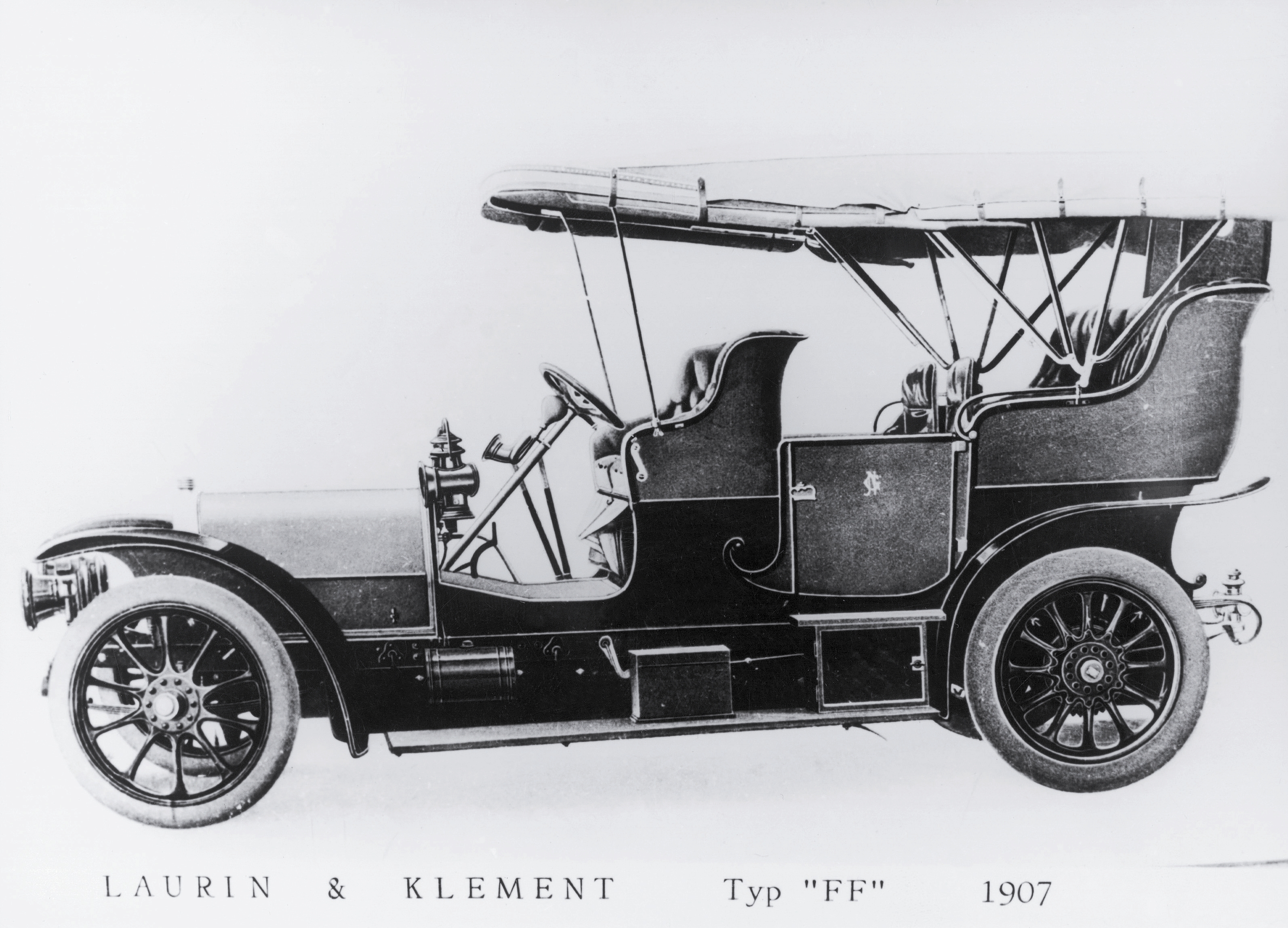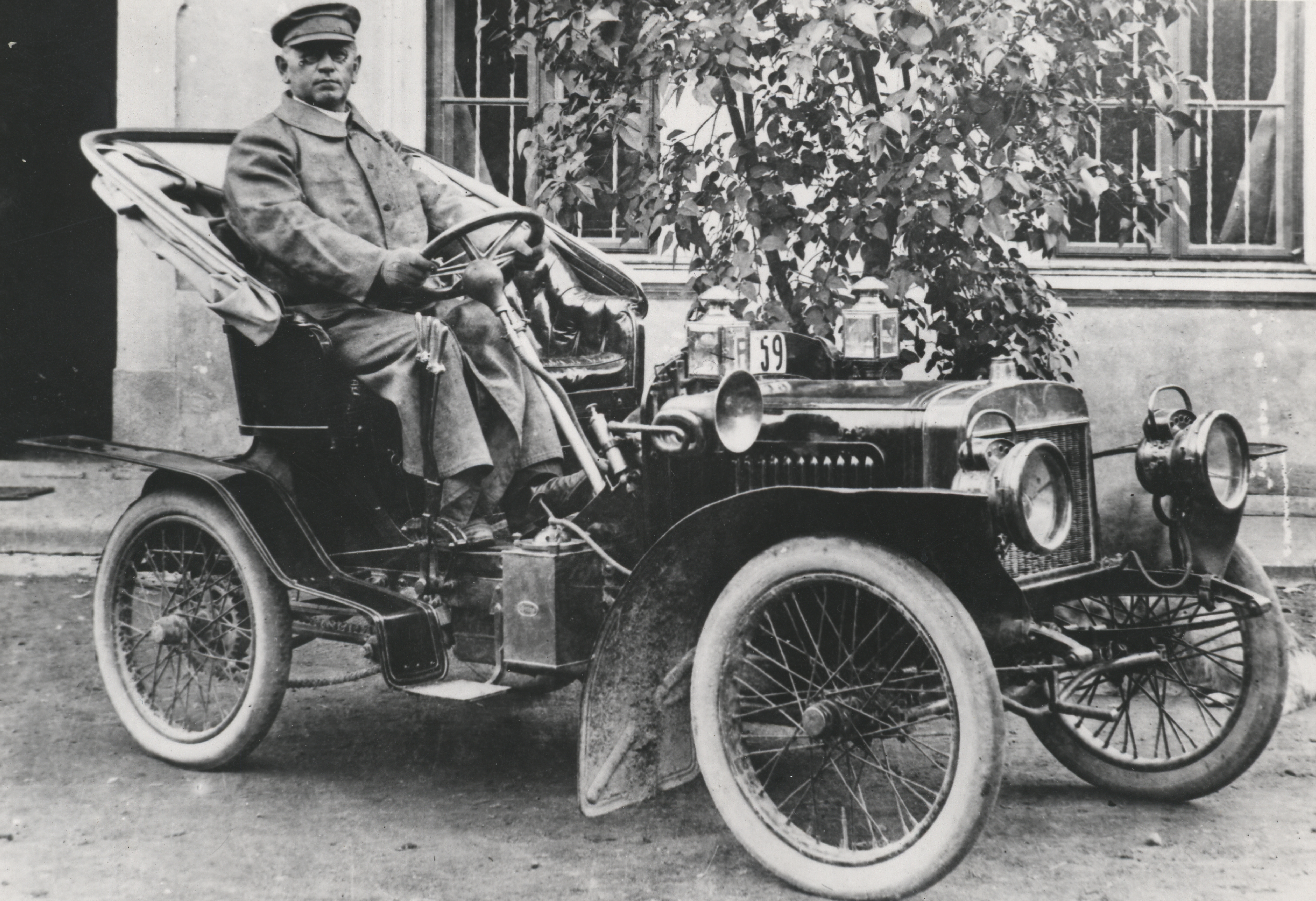The 1907 product range
In 1907 the LAURIN & KLEMENT motor works in Mladá Boleslav was going through a period of dynamic development. The inflow of capital associated with the transformation of the company into a joint-stock company made it possible to meet the demand for a wide range of vehicles. So what could customers choose from?
In 1907 the early VOITURETTE A, with a two-cylinder, one-litre fork engine, was reaching the end of its career, while more powerful V2 engines were available under the bonnets of the B and C types. In addition to passenger cars, utility vehicles, including the C-type ambulance that could carry up to four patients, were growing in popularity. But the more modern in-line cylinder arrangement, the basis of cars’ modular design, was already gaining ground, and automatic intake valves were being replaced by the more efficient SV manifold. Examples included the B2, C2 and BS twin-cylinder engines offered in a wide range of designs – from an open two-seater sports car to a “Landaulet” pitched at doctors to a taxi or small steamroller.
 VOITURETTE A
VOITURETTE A
The D, E and F four-cylinder models can be regarded as representatives of the middle class. Doubling the F engine gave rise to the first in-line eight-cylinder engine in Central Europe, the LAURIN & KLEMENT FF, with a displacement of 4,877 cc and an output of 45 hp, though only two were ever made. This was not just a concept car for show: the open-top luxury car designated as Roi des Belges (King of Belgium) was driven to the Berlin and Paris motor shows. We know from the trade press of the time that it attracted a lot of attention along the way.
 LAURIN & KLEMENT FF
LAURIN & KLEMENT FF
The F-series was also made a racing derivative, the FC, as early as 1907, and in later years also the FCR and FCS versions. The Mladá Boleslav brand notched up a number of valuable trophies. Another novelty from 1907, the LAURIN & KLEMENT HO utility vehicle, can be regarded as a counterweight to these lightweight sporting machines that could go up to 120 km/h.
 LAURIN & KLEMENT FC
LAURIN & KLEMENT FC










































